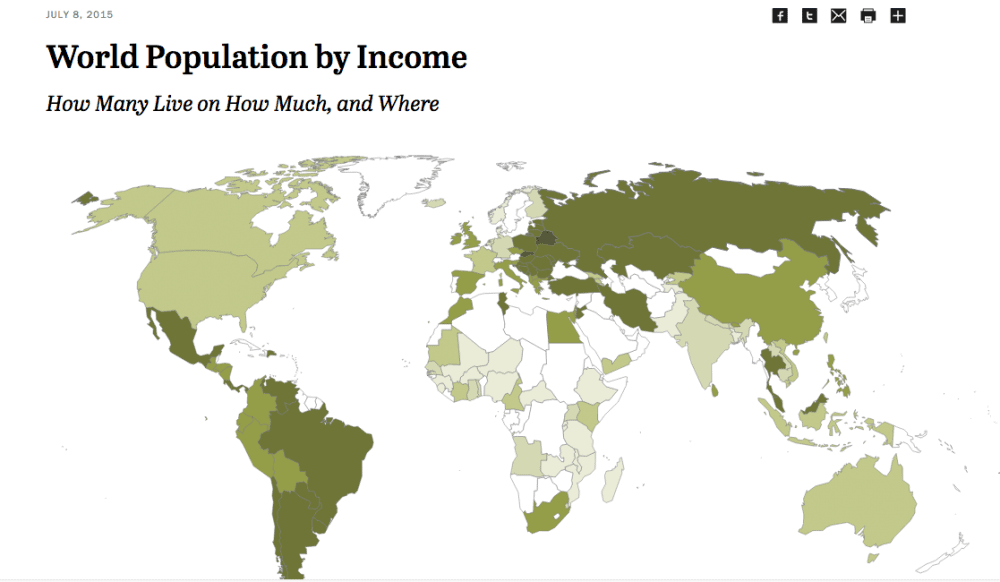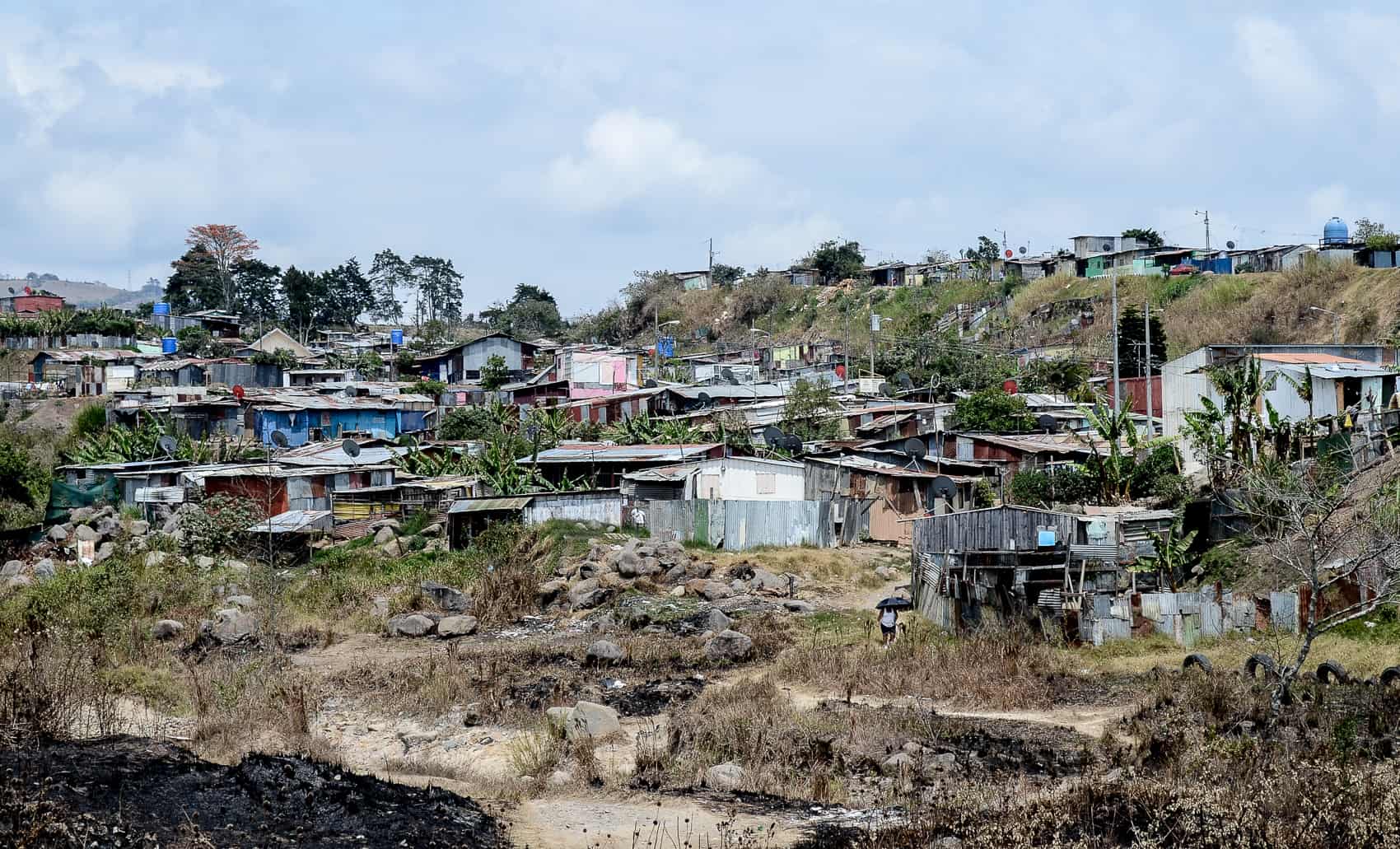WASHINGTON D.C. — Almost 700 million people rose out of abject poverty over the first decade of the century, but most of them remain locked at very low levels of income, a study released Wednesday showed.
Meanwhile the middle class in Costa Rica — and in most other Central American countries — shrunk over the same time period as a percentage of those countries’ total population.
Still, the Pew Research Center said that from 2001 to 2011 the world “witnessed an historic reduction in global poverty,” with those considered “middle income” nearly doubling. By 2011, only 15 percent of the world’s population lived on less than $2 a day — below the poverty line — compared to 29 percent as the century began.
But of those who climbed higher, most are in the “low income” category, living on $2 to $10 a day, it said. Some 56 percent of the world’s population remains at that level, up from 50 percent in 2001.
The number in middle and upper-middle income ($10 to $50 a day) rose from 14 percent to 22 percent, suggesting that efforts to establish a firm global “middle class” are lagging.
The strongest gains in the pull out from poverty into the middle-income strata were concentrated in China, South America and Eastern Europe, the Pew study said.
Meanwhile, during the period, the middle class “barely expanded” in India, Southeast Asia and Central America.
In Costa Rica, the share of the population considered “middle income” fell from 34.1 percent in 2001 to 30 percent in 2011.
Nicaragua’s middle class shrunk from 19.7 percent to 10.8 percent of the population during that time period, and Panama’s middle class shrunk from 36.3 percent to 26.3 percent.
Guatemala is the only Central American country that saw an increase in its middle class, though barely — from 17.7 percent to 19.1 percent of the population, according to the Pew figures.

The study also found that “the gap in living standards between the world’s economically advanced countries and emerging and developing nations barely narrowed in the first decade of this century.”
“In 2001, 91 percent of the world’s high-income people lived in North America and Europe; in 2011, the share was 87 percent.”
The significance of that gap, Pew said, was that during the same period there was barely any narrowing of the difference in living standards between economically advanced countries and emerging and developing nations.
The Tico Times editor Jill Replogle contributed to this article.






